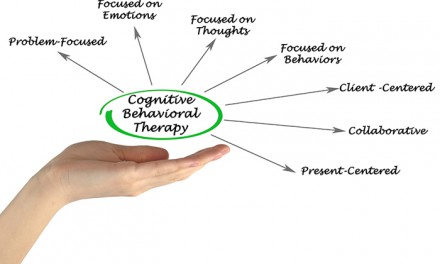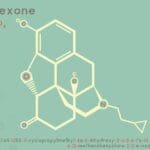Self-expression can have countless benefits–in addition to the literal creation of art–that can reward you, the creator, on a deeper level.
These benefits can contribute to your mental, emotional, and spiritual health and through these avenues also your physical health. According to an article* from Psychology Today, “Art therapy helps children, adolescents, and adults explore their emotions, improve self-esteem, manage addictions, relieve stress, improve symptoms of anxiety and depression, and cope with a physical illness or disability.”
Just like there are multiple ways that art can help people, there are multiple forms in which art can manifest: writing, painting, music, collage, photography– the possibilities are endless (as long as you use your imagination)! These benefits can even be found in the ways that we interact with art: reading, listening to music, going to a museum, etc.
Just like any other type of therapy or recovery supplement, expression through art will look different for each person and situation. If self-expression is a new experience for you, the following are two concrete suggestions for how to use its healing power into your everyday life.
Collaging
The American Art Therapy Association (AATA) states that expression through visual art can bring forth what we struggle to put into words. Still, it can be difficult for some people to approach artistic expression because of a mental block that “they are bad at art” or “not an artistic person.” This mindset is inconsequential for two reasons: one, art is subjective and therefore no one can be objectively “bad” at art; and two, as far as artistic expression is concerned, the benefits are found in the process rather than the product. Value lies in “finding associations between the creative choices made and a client’s inner life” and not in the artistic value of whatever is being expressed (Psychology Today).
One specific form of art, collage, is a good option to try when you know there is something you want to express but don’t know how to begin. Collaging helps overcome this mental block because it does not necessarily require the typical “skills” of drawing or painting (but they can of course be added if you want!). Collaging is similar to verbal language in that we choose from a bank of already-created words or images to express an idea or emotion; when making a collage, we can choose already-created pieces from magazines, books, posters, stickers, ticket stubs or other memorabilia in order to express an idea or emotion.
While you are collaging, try not to analyze yourself or the creative choices you are making, and simply allow yourself to cut and glue with an open mind. Wait until after you are done with your creation to search for “the nonverbal messages, symbols, and metaphors” that “can be used as a springboard for reawakening memories and telling stories that may reveal messages and beliefs from the unconscious mind” (Psychology Today).
Journaling
Journaling can be a form of self-expression that also does not require any visual “artistic talents” but can be used to bring forth the parts of ourselves waiting to be voiced that we might not be aware of.
Journaling is a tried-and-true practice that people have done throughout history: a practice that some of history is based upon. Some types of journaling record your life for future generations as a legacy and as something for posterity to learn from. But we’re talking less about recording facts than about recording feelings and impressions, and the beneficiary is not future generations but you, where you are right now.
If you are a beginner journaler, it might feel like you can’t remember anything to write about or that nothing has happened that is worth writing down. I suggest that you start with the very basic events, even if they’re things that you do every single day like go to work, walk the dog, etc. After recording a few of the day’s events, spend some time reflecting on how they made you feel and what you might learn from them.
You’ll be surprised the revelations and connections that you will stumble across when you take time for reflection and introspection: two skills that are extremely beneficial to someone who is in addiction recovery, is struggling with a mental illness, or really anyone at all!
Once you have started getting into a daily habit of writing down what is happening in your life, you might start to become more aware of what you will be writing down while you are going throughout your day. This intentional observation of the present moment can result in less fixation and worry about the future, more rational decision-making, and overall, more enjoyment of your everyday experiences.
*******
Whether you collage, journal, or explore self-expression through a different medium, one of the keys to unlocking art’s healing powers is having the right intention: an intention to learn something about yourself through this process. The AATA explains that art “engages the mind, body, and spirit in ways that are distinct from verbal articulation alone…Visual and symbolic expression gives voice to experience, and empowers individual, communal, and societal transformation.” Through art, we can communicate and receive emotions, fears, and self-deception–essentially, the parts of ourselves that we are blind to or that we have deemed unspeakable.
(314) 464-0222. We’re here to help.
www.psychologytoday.com/therapy-types/art-therapy










